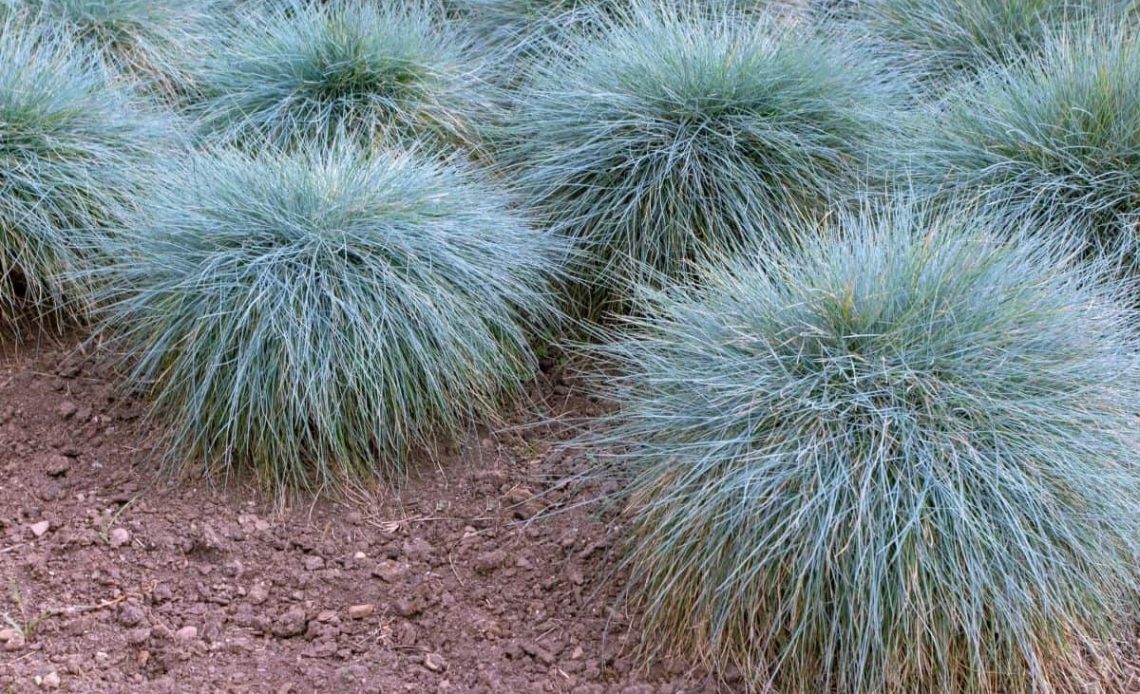

We’re here to help! Wild Yards is a completely free website that is 100% dedicated to helping you create a wildlife-friendly, sustainable yard. Read more
WildYards is reader-supported. When you buy a product through a link on our site, we may earn a comission. Every product is independently selected by our (obsessive) editors and our reviews are unbiased and objective. Read more about our mission or our privacy policy.
Ornamental grasses add texture to your landscaping, turning your one-dimensional flower beds into eye-catching masterpieces. Blue Fescue is one of the most popular ornamental grasses in the U.S., prized for its bushy, blue-green foliage and tall flowering stems. If you’d like to grow this beautiful perennial, but you’re not sure which Blue Fescue companion plants to grow along with it, we’re here to help!
Blanket Flower, Texas Sage, and Dianthus accent your Blue Fescue plants with a pop of vibrant color, while understated Creeping Sedum fills in the empty spaces surrounding this ornamental grass. Zinnias, Salvias, and Lavender are also popular choices for growing alongside Blue Fescue.
What are Blue Fescue’s growing requirements?
Blue Fescue is a semi-evergreen perennial ornamental grass that grows in small rounded clumps, making it an unpretentious choice as a border for your flower beds. This plant grows best in zones 4 through 11 and prefers to be planted in full sun. Blue Fescue can adapt to many soil types but likes sandy and sandy loam soils best because they drain well. Young plants require weekly waterings, but once established, this plant is incredibly drought-tolerant, saving you from extra labor.
Blue Fescue is deer and pest-resistant. Even though it’s relatively short-lived for a perennial, it reproduces quickly, spreading to fill a space with minimal effort on your part. Blue Fescue grows 12 inches tall by 18 inches wide and produces tall, pale yellow plumes in late summer that stand in stark contrast to the low-growing grass’s silvery foliage.
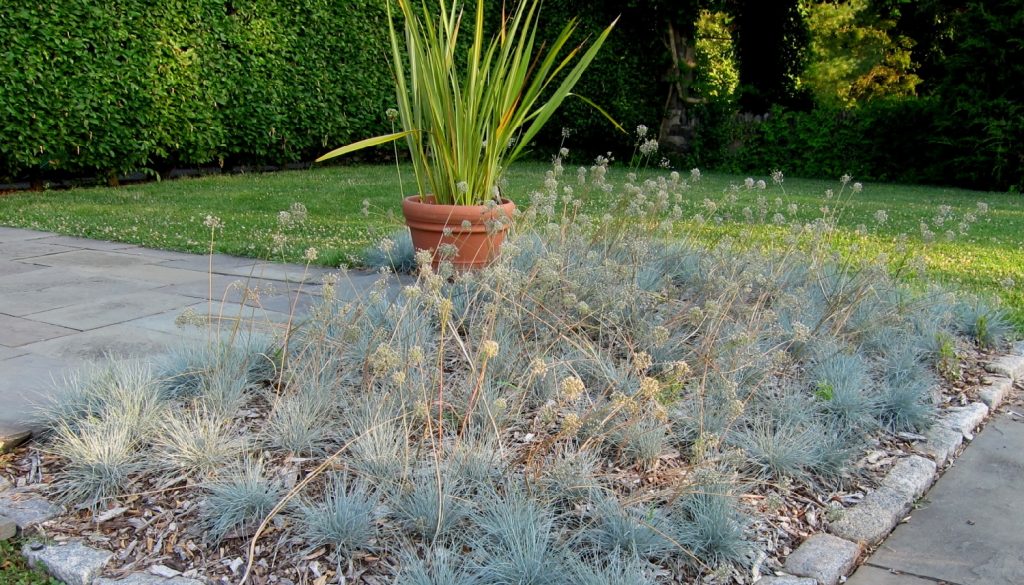
9 Best Blue Fescue companion plants
Now that you have a better understanding of what Blue Fescue plants need to survive, you’ll have a better idea of which plants can be grown with it. Today, we’ve chosen our favorite 9 Blue Fescue companion plants to help get you started.
Blanket Flower (zones 5 through 9)
One of Blue Fescue’s major selling points is its heat tolerance. This plant thrives in the hot, arid conditions that would kill most other plants. When choosing Blue Fescue companion plants, it’s important to find flowers that are just as capable of standing up to these harsh conditions, and Blanket Flower can certainly do just that.
Also known as Gaillardia, Blanket Flower produces vibrant open-faced flowers in shades of red and yellow. Bees and butterflies love to visit Blanket Flowers when they bloom throughout the summer. These plants grow up to 24 inches tall with a 20-inch spread, growing steadily to cover more ground each season. Blanket Flowers look just right grown inside a dense perimeter of Blue Fescue.
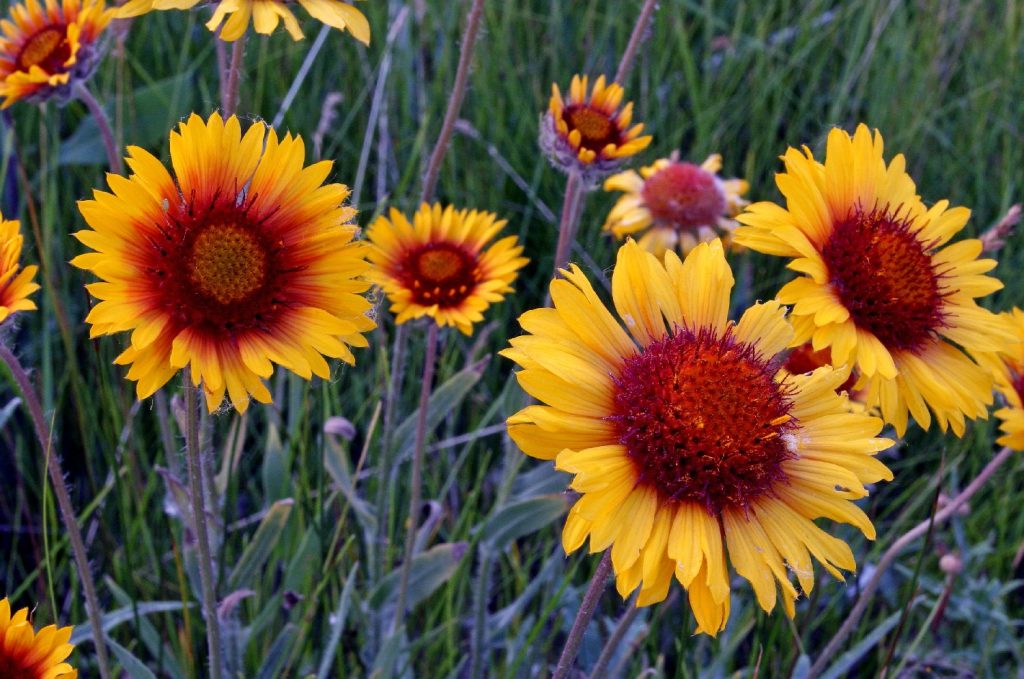
Zinnias (zones 1 through 11)
These cheery blooms can be grown in every growing zone in the U.S. Zinnias come in beautiful shades of pink, yellow, red, orange, white, and purple. Plant all red or orange Zinnias alongside your Blue Fescue to create a dramatic effect. Or mix and match purple, white, and pink Zinnias to attract more hummingbirds and butterflies to your garden.
Like Blue Fescue, Zinnias are easy to care for. They prefer to be planted in full sun and well-drained soil. Because they naturally repel pests, they don’t require extra care. The only downside to Zinnias is that they’re annuals, so they need to be replanted every year. But, on the bright side, this gives you more opportunities to experiment with the colors in your landscaping.
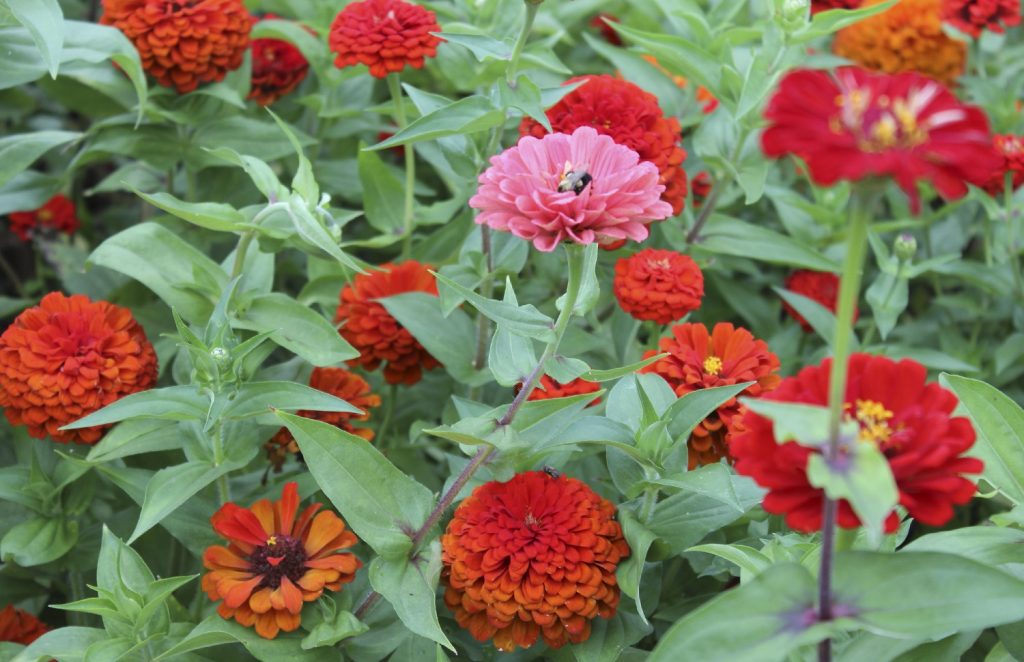
Salvias (zones 3 through 8)
Salvias also come in a variety of colors. Red and pink Salvias are great for attracting butterflies, bees, and hummingbirds to your yard. Understated white Salvias pair beautifully with Blue Fescue’s delicate foliage, creating an elegant landscape. And purple Salvias, sometimes mistaken for Lavender, complement Blue Fescue’s flaxen yellow flowers when they bloom in the summer months.
Salvias are so easy to grow, it’s no wonder they’re popular with gardeners. With over 1,000 varieties to choose from, there’s a Salvia for every garden. Fortunately, Salvias have the same growing requirements across the board, so feel free to mix and match Salvias to suit your taste.
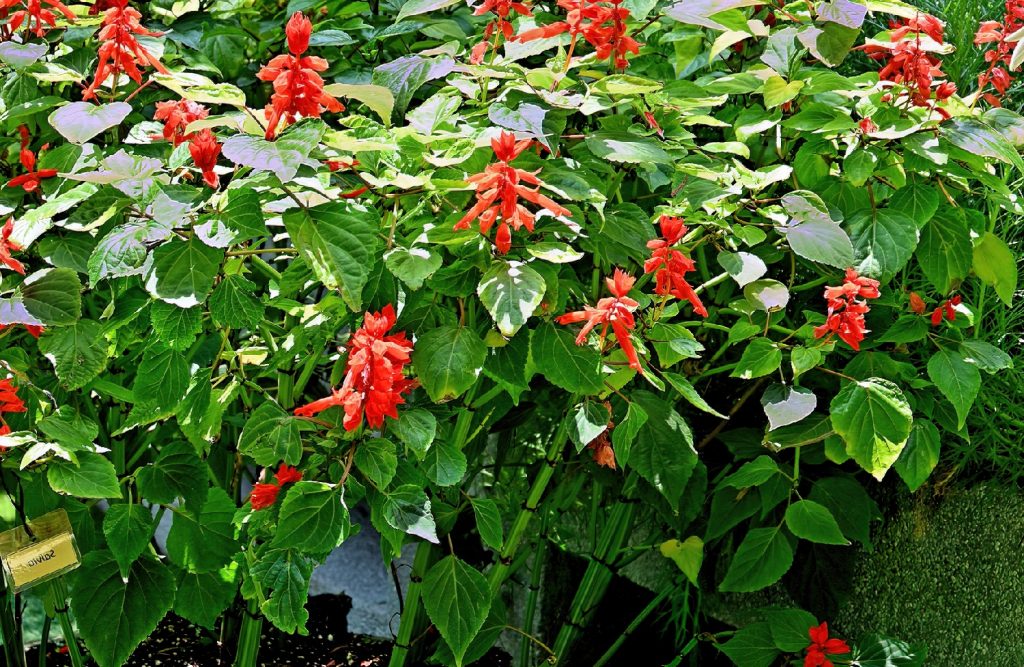
Creeping Sedum (zones 4 through 9)
Blue Fescue is often included in large flower beds because it makes such a nice border. But this plant looks beautiful on its own. Growing Blue Fescue in a small space allows it to take center stage. But which companion plant should you choose to grow with your Blue Fescue in such a restricted area?
Creeping Sedum is a drought-tolerant ground cover that seems to prefer less-than-ideal growing conditions. Even in the hottest months when rain is scarce, Creeping Sedum fills in around your Blue Fescue plants with its red, green, gray, and yellow variegated foliage. These plants come in many colors, and produce flowers in shades of red, yellow, white, or pink. Plants grow less than 6 inches tall but can grow up to 3 feet wide, surrounding your Blue Fescue grasses with a blanket of contrasting foliage
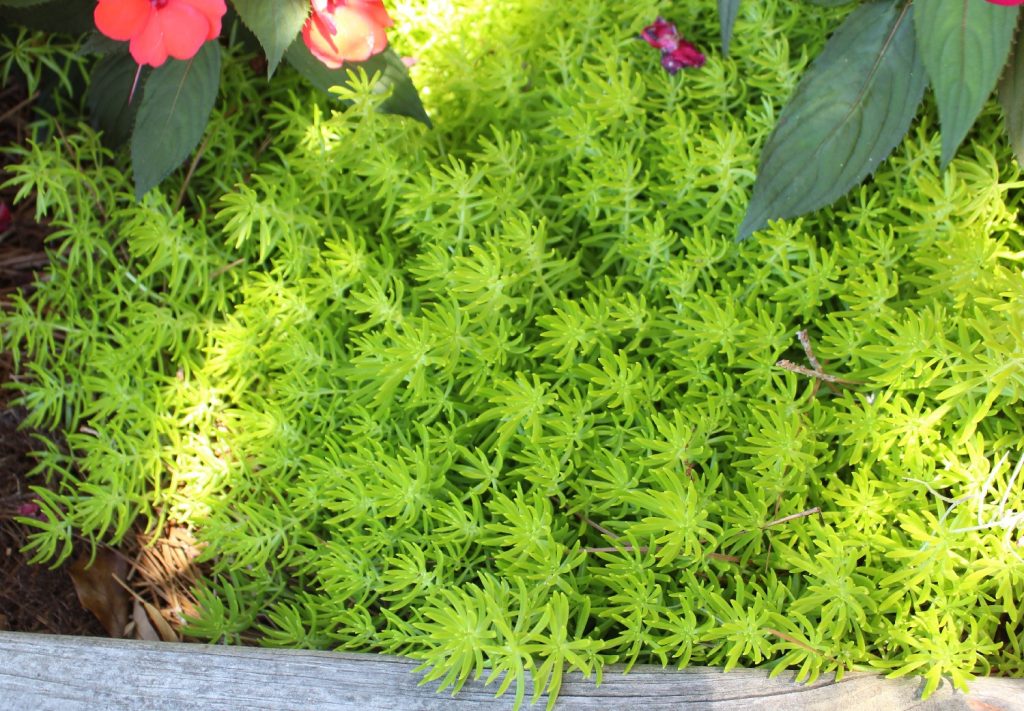
Texas Sage (zones 8 through 11)
A beautiful flowering shrub with violet to lavender purple flowers and small silvery green leaves, Texas Sage can easily withstand the dry spells characteristic of the state it’s named for. These plants can be grown as solitary shrubs to accent flower beds, or as an informal hedge behind a row of Blue Fescue plants.
Texas Sage grows best in full sun and well-drained soil. This bush reaches 3 feet tall by 3 feet wide at maturity and has a moderate growth rate. Plant your Texas Sage alongside Blue Fescue plants to create a Southwest-themed landscape that’s as easy to care for as it is to look at.
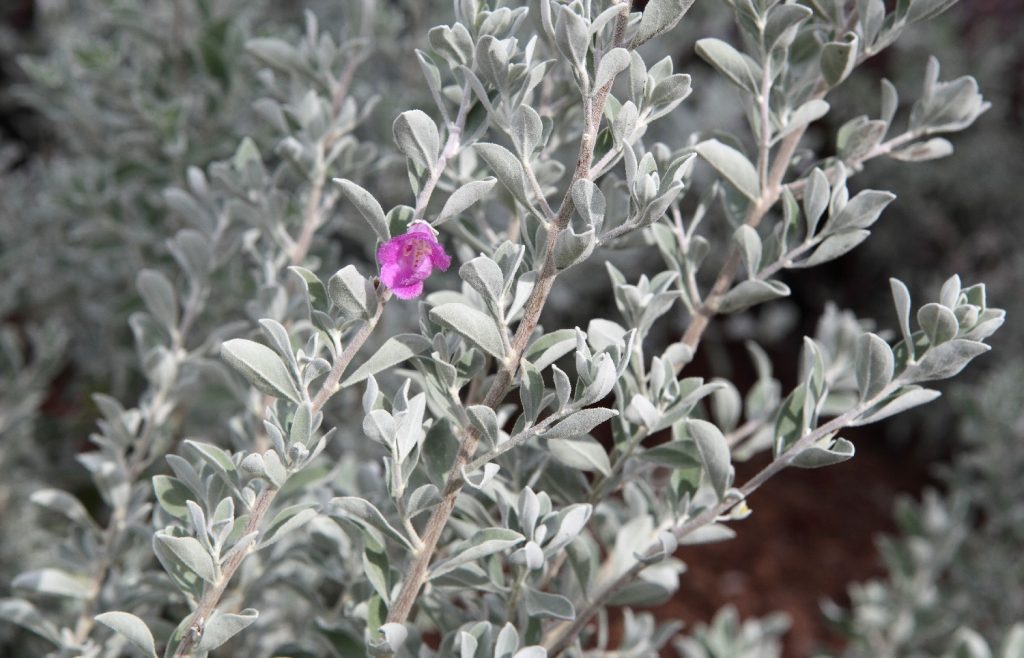
Dianthus (zones 3 through 9)
A favorite with butterflies, Dianthus comes in so many pretty colors that it’s hard to choose just one. You can find Dianthus in varying shades of pink, red, white, yellow, blue, and purple, with some species taking on variegated coloring. Dianthus is a drought-tolerant, sun-loving perennial that grows 36 inches tall by 24 inches wide, providing a lovely backdrop for a row of Blue Fescue plants.
Like Blue Fescue, Dianthus is self-spreading. While these two plants grow well together when delineated, they look fantastic when allowed to grow wild in the same space. Blue Fescue’s tall flowers tower over Dianthus’s multi-colored blooms, which are perfect for cutting and using in homemade floral arrangements.
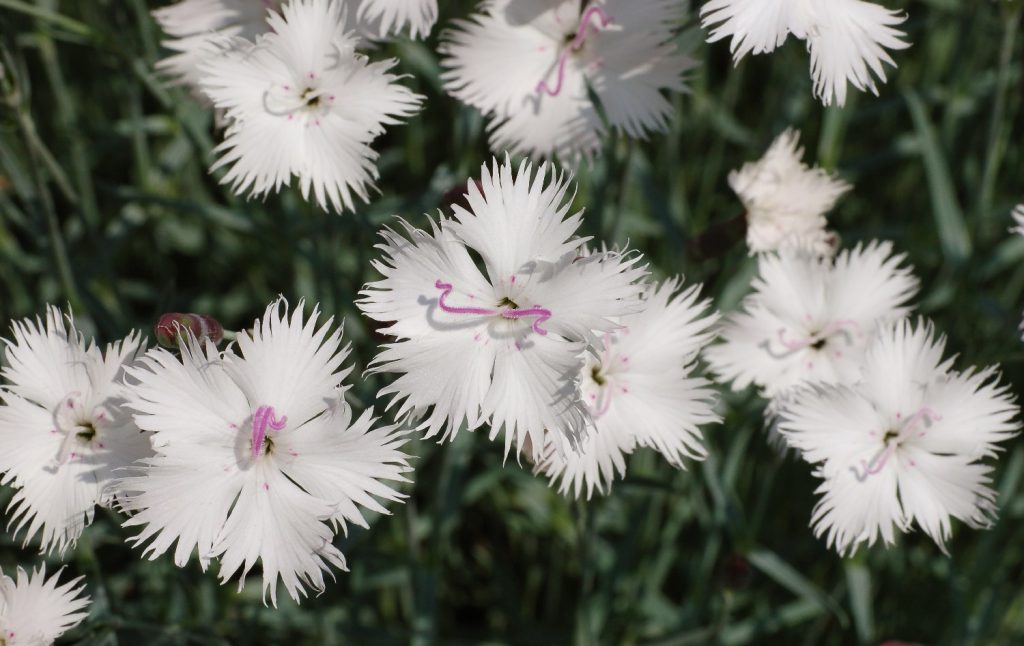
Lavender (zones 3 through 9)
Whether you choose Spanish, English, or French varieties, all types of lavender make wonderful Blue Fescue companion plants because they all have the same growing requirements. Native to the Mediterranean region, Lavender thrives in full sun and well-drained soil where its roots can stay dry and there’s plenty of room for air to circulate around the base of the plant.
Lavender is an incredibly sturdy flowering shrub. When these plants do die, it’s usually because of root rot from overwatering. Lavender doesn’t require much hydration, so including these plants in your flower beds with drought-tolerant Blue Fescue plants just makes sense. And, as a bonus, lavender is fantastic for attracting hummingbirds, butterflies, and bees to your garden.
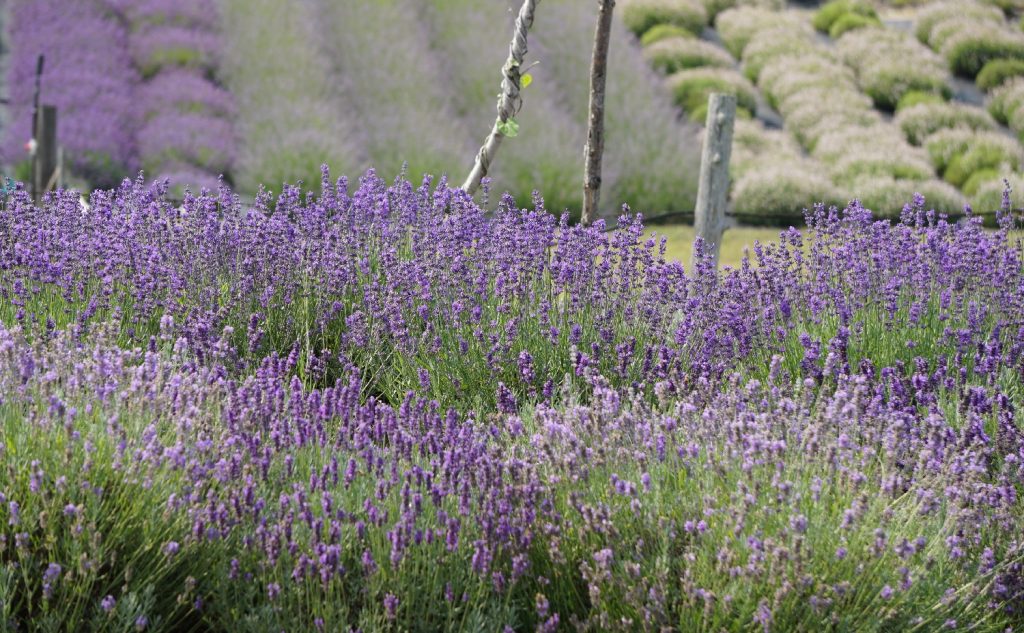
Crape Myrtles (zones 7 through 10)
Deer-resistant and drought-tolerant, Crape Myrtles are perfect Blue Fescue companion plants because they’re equally low-maintenance. Though they’re often grown as small trees, Crape Myrtles can be trimmed down to stay bushy, creating an airy hedge behind your rows of Blue Fescue.
Crape Myrtles come in a handful of colors, including white, red, purple, and pink. Their delicate flowers are popular with bees, wasps, and other pollinators, but their thin, papery bark is just as eye-catching as their showy blooms. While most Crape Myrtles reach 15 to 25 feet tall, they can grow as much as 30 feet. Encircle your mature Crape Myrtles with Blue Fescue plants or plant dwarf varieties, like “Petite Red Imp” or “Strawberry Dazzle”, if your vertical growing space is limited.
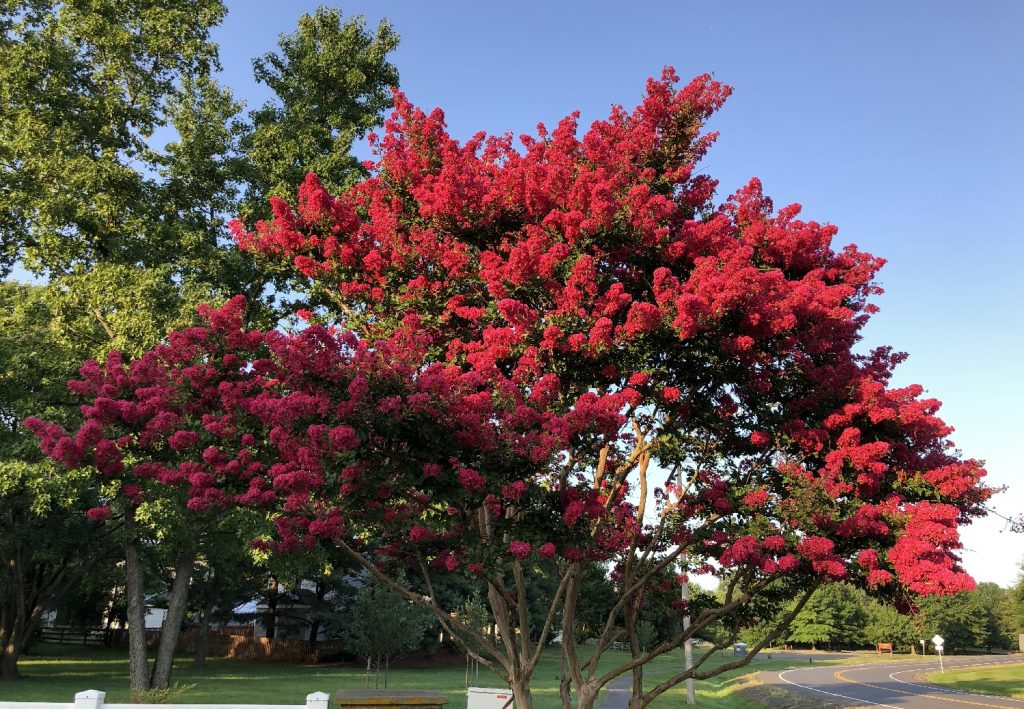
Bottlebrush (zones 8 through 11)
Featuring deep green needle-like foliage and bright red spikes of flowers reminiscent of bottlebrushes, the Bottlebrush is a popular shrub for drought-tolerant landscapes because it’s so tough. Though this shrub has a slow to moderate growth rate, it’s resilient, continuing to grow steadily even when conditions are unfavorable. It’s one of the best Blue Fescue companion plants out there.
Bottlebrush is a fascinating plant, and when accented with Blue Fescue’s subtle appearance, it creates a stunning landscape. This bush helps bring butterflies and other pollinators to your yard. Insects are drawn not only to the Bottlebrush’s attractive flowers but also to the plant’s strong citrusy aroma. Try growing Bottlebrush as a small hedge behind your Blue Fescue plants with Blanket Flower or Creeping Sedum to fill the spaces in between.
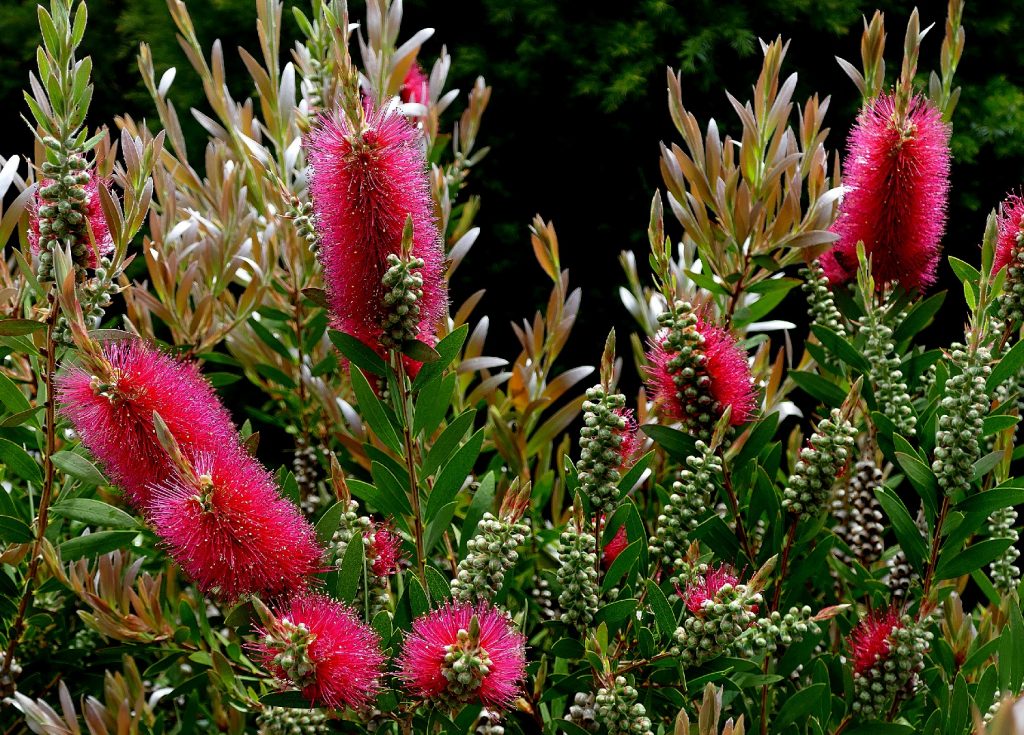
Is Blue Fescue worth the garden space?
If you’re new to gardening, you may be wondering why you should plant ornamental grasses. They’re not flashy, they don’t produce big, beautiful flowers. So, what’s the point? Well, in addition to adding texture and depth to your landscape, there are several environmental reasons to include ornamental grasses in your garden.
Like other ornamental grasses, Blue Fescue helps prevent erosion caused by rainwater. It also helps draw water into the soil during heavy rainfall, preventing all of that water from running off. And even though Blue Fescue is resistant to hungry wildlife, birds frequently choose dead grasses to build and line their nests.
Blue Fescue is an elegant yet tenacious ornamental grass that dresses up your landscape and supports your local ecosystem. It may not be as ostentatious as other perennials, but this restrained plant provides a backdrop for your other ornamentals, creating a harmonious, nature-inspired garden.
